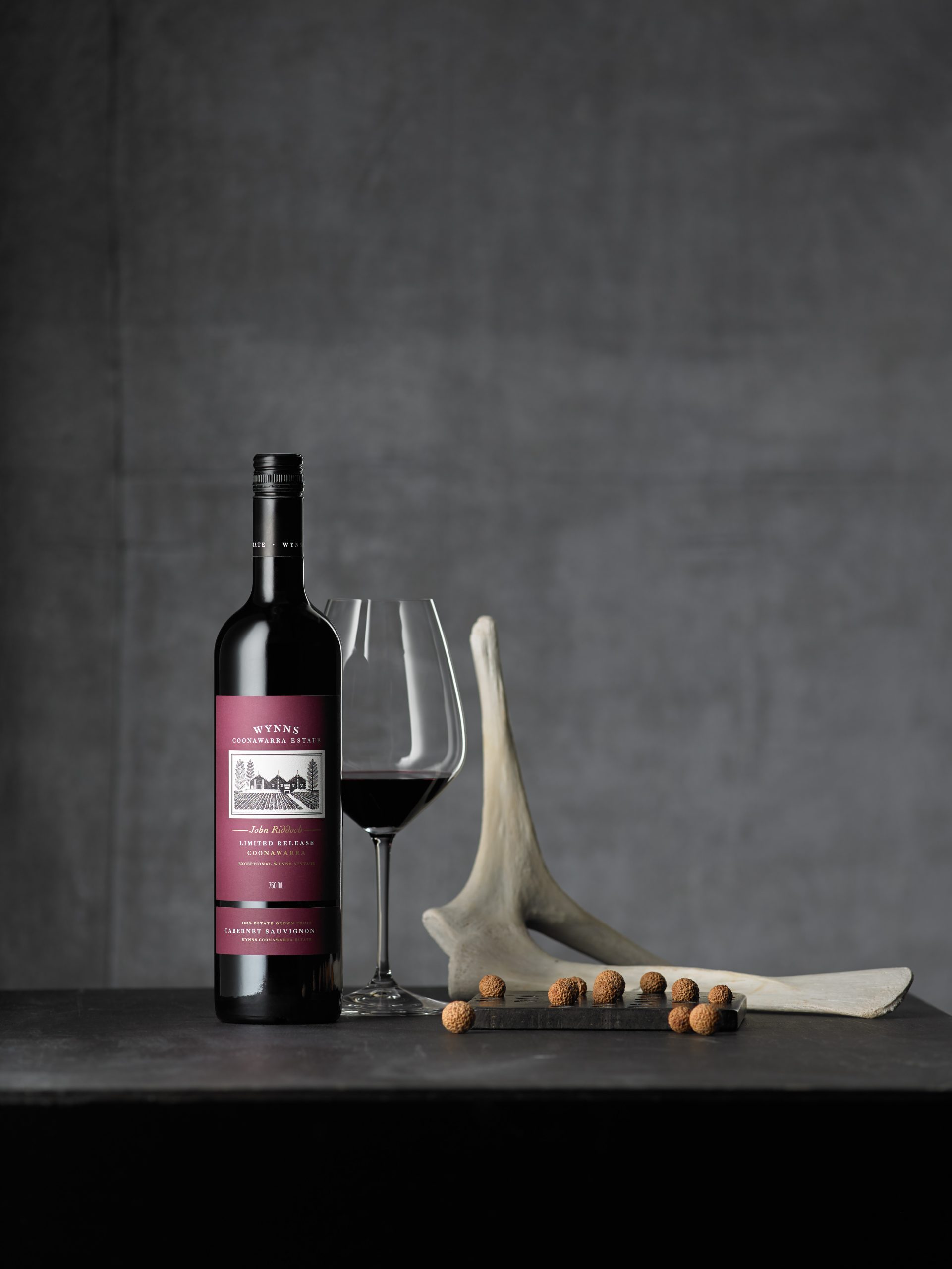New Zealand wine production down 6% following Cyclone Gabrielle
Six months after Cyclone Gabrielle ripped through New Zealand’s North Island, the long-term impact is only just becoming clear.

In mid-February Cyclone Gabrielle hit New Zealand’s North Island with devastating affect, bringing extreme levels of rainfall, which caused flooding in many winegrowing areas.
The timing, right on the cusp of harvest, could hardly have been worse.
“From a wine perspective, this was probably the single most significant weather impact since Cyclone Bola in 1988,” says New Zealand Winegrowers, the country’s wine trade body, in its annual report, released last week.
“We estimate that around 800 hectares of vineyards lost at least some, or all, of their fruit.”
In addition, a further 300 hectares of vineyards have experienced “significant infrastructure damage” on top of the crop loss.
“Our best estimate is that up to 20,000 tonnes of grapes may have been lost due to the cyclone and related weather events,” detailed the report.
As a result, overall production from vintage 2023 was down 6% on 2022.
Partner Content
What happens next?
Some areas were hit far worse than others by the storm. Production in Gisborne, for example, was down by 43%, representing a loss of 8,000 tonnes of grapes.
In Hawke’s Bay, winemakers are reporting that “a better fruit set than the previous year” has helped offset the losses caused by the storm.
With the help of funding from the Ministry for Primary Industries (MPI), New Zealand Winegrowers has engaged specialist viticulture experts to provide on-the-ground advice for producers on how to recover the affected vineyards.
According to New Zealand Winegrowers, this programme “provides a good model for future emergency responses.”
In addition to technical and practical advice, Hawke’s Bay and Gisborne winegrowers have received combined donations totalling more than NZ$400,000 to help them repair the damages to their vineyards.
Immediately after the climatic event, New Zealand’s finance minister, Grant Robertson, estimated that the disaster could cost the wine sector NZ$13.5 billion ($8.42 billion).
Much of the damage was caused by flash flooding, which destroyed roads, rail tracks, houses and crops.
Related news
Castel Group leadership coup escalates
For the twelfth day of Christmas...
Zuccardi Valle de Uco: textured, unique and revolutionary wines




